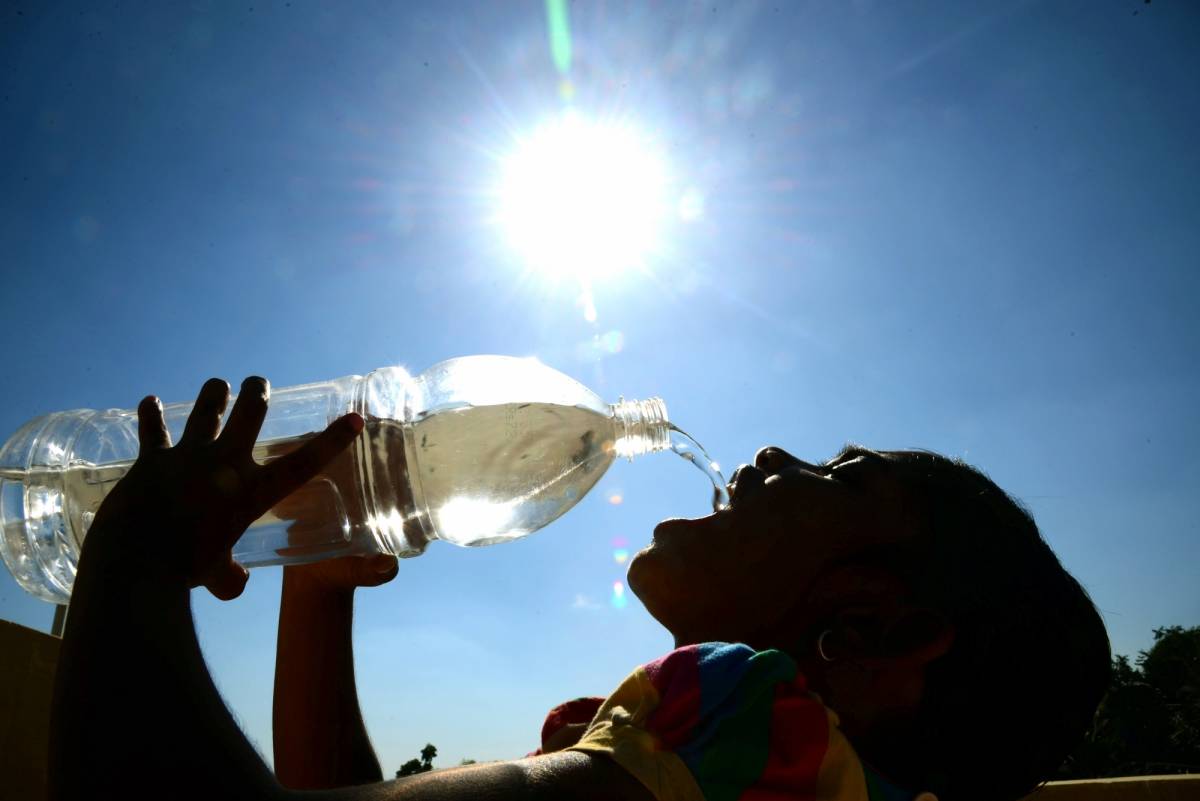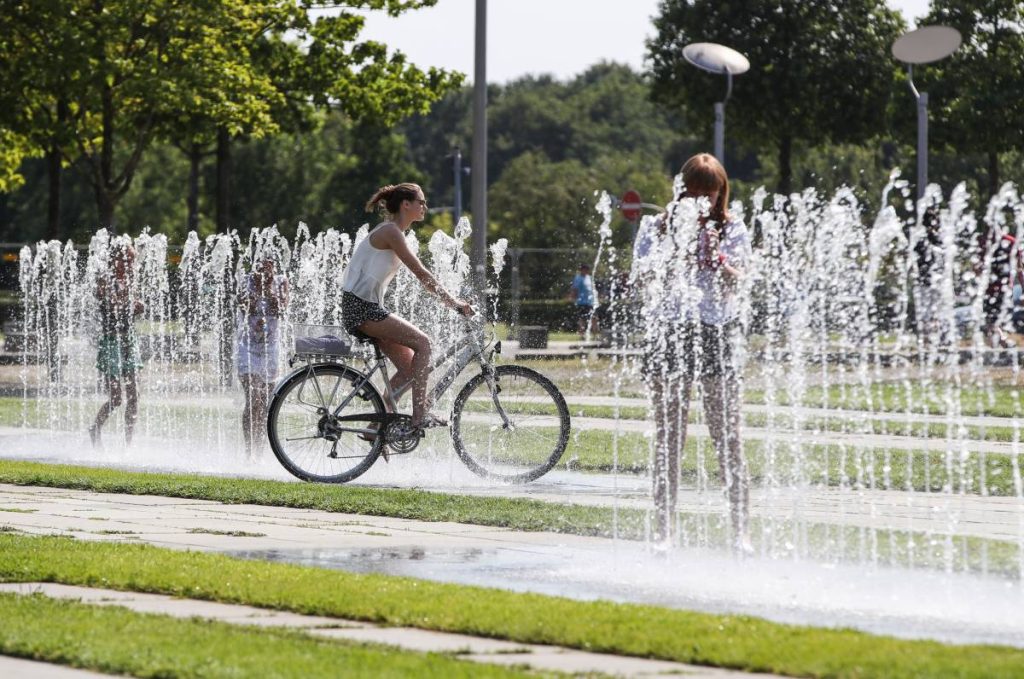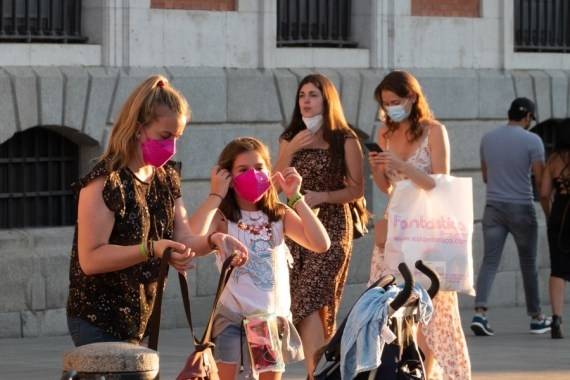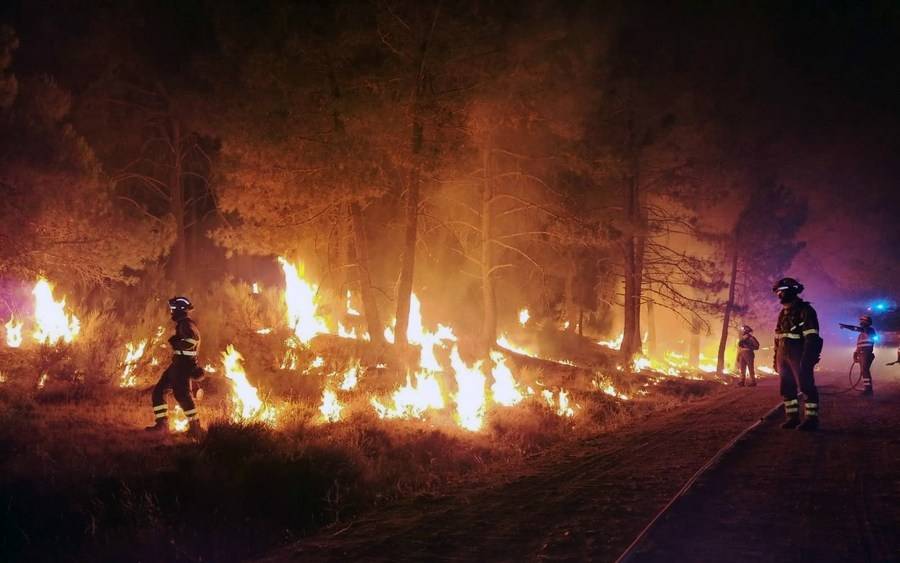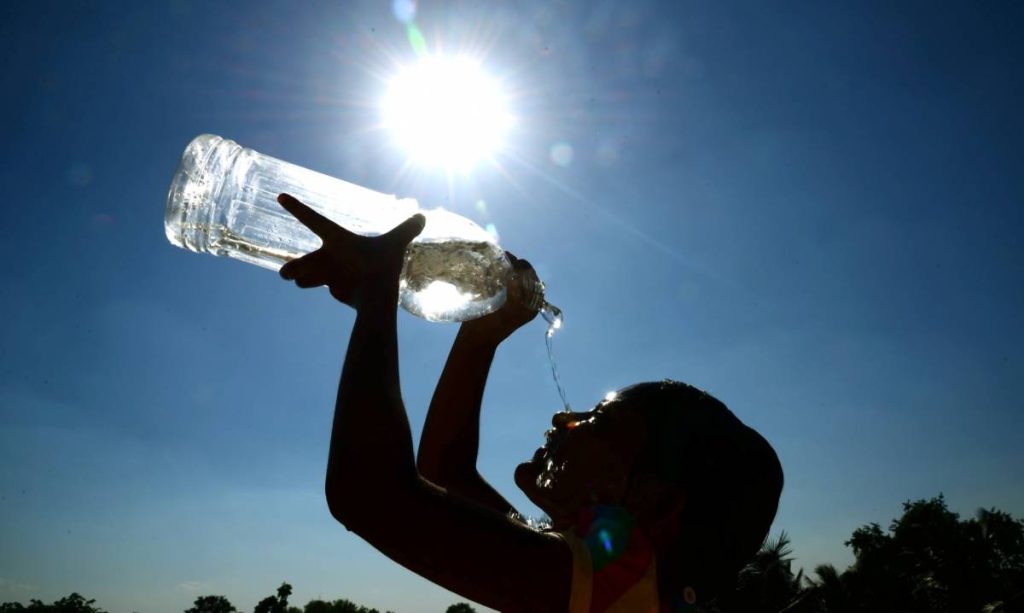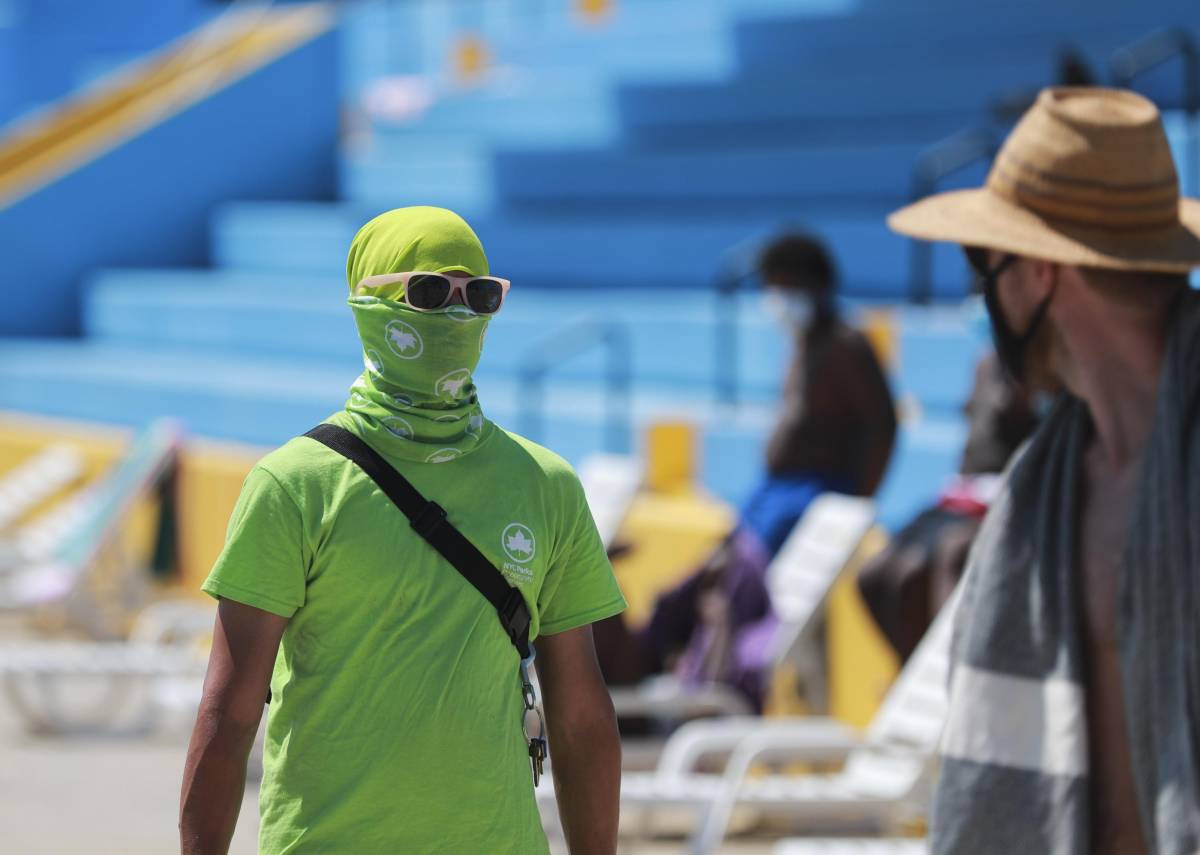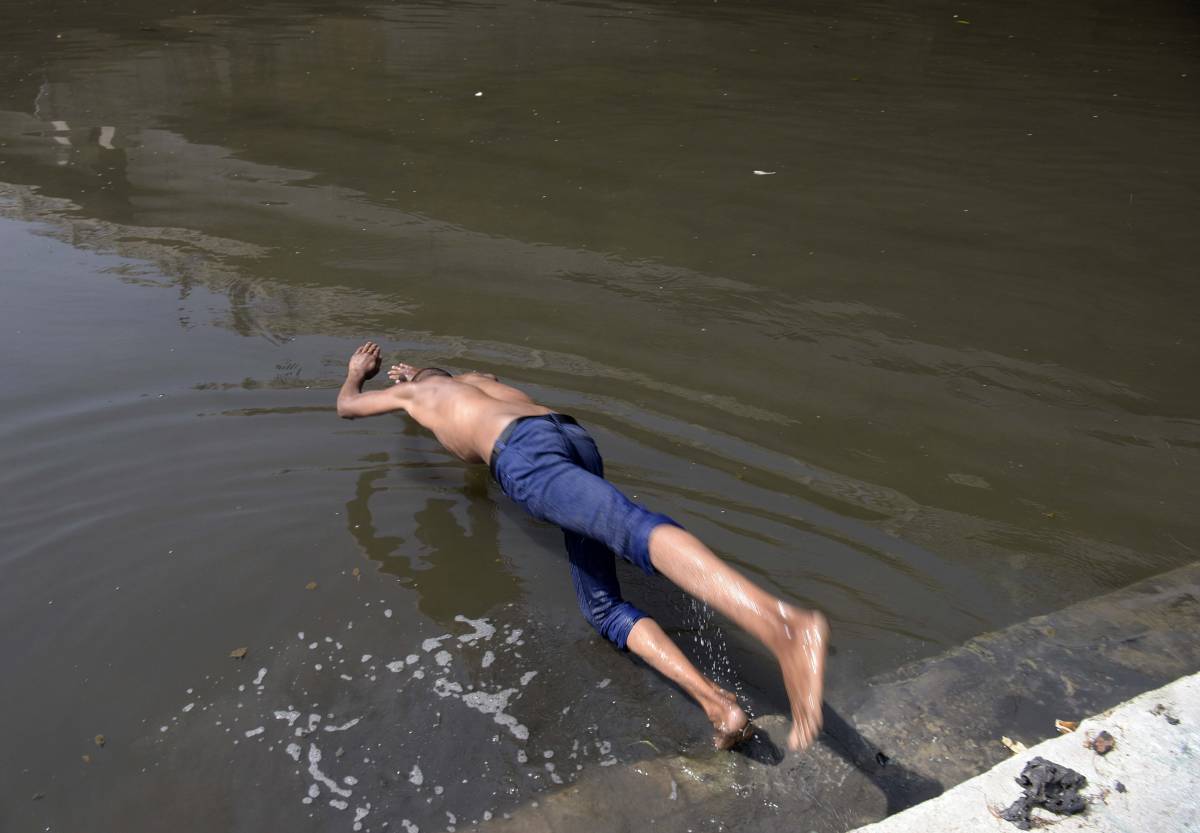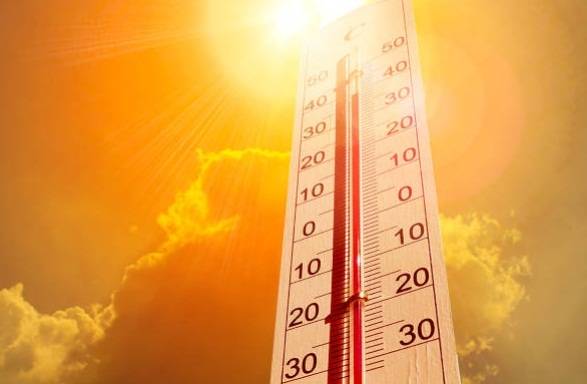Guillaume came all the way from the South of France to escape the heat, expecting chilly winds and a milder summer, but was gravely disappointed…reports Asian Lite News
Another heatwave has engulfed Britain. Temperatures are expected to reach 35 degrees Celsius by Friday and Saturday, prompting an amber weather warning (the second-most severe after red) and a hosepipe ban in some areas.
The current heat wave is milder than the one in July, when temperatures hovered around 40 degrees Celsius, but a prolonged English summer with extreme heat and dryness is unprecedented in recent memory.
“I’ve never seen a summer like this before,” Ryan, a Whales resident, said while feeding the pigeons in Hyde Park.
Parks and Greek have suffered the most as water reserves have run dry. The stretches of green have turned brown, dry, and parched, making it an ideal breeding ground for wildfires.
However, measures such as the government’s hosepipe ban, which was implemented to limit water usage, can be counterproductive at times because they can cause fires. The emergency services are on standby.
Guillaume came all the way from the South of France to escape the heat, expecting chilly winds and a milder summer, but was gravely disappointed.
“I chose London because it’s usually chilly and milder than where I am from. So I usually use this [trip] to escape the heat wave, but not this time,” Guillaume said as he searched for a lawn chair in the shade in one of London’s parks.
While the warnings remain lower than those issued during last month’s record temperatures, the UKHSA’s Dr Agostinho Sousa emphasised it was important vulnerable people, like the elderly who live alone or anyone with underlying health conditions, were “prepared for coping during the hot weather”.
“The most important advice is to ensure they stay hydrated, keep cool and take steps to prevent their homes from overheating,” he added.
Disabled people could be particularly affected by heat, and may suffer fatigue, difficulty regulating their body temperatures, or problems moving to cooler spots in the home, Fazilet Hadi, from Disability Rights UK, said.
Meanwhile, a dairy farmer in Shropshire has said he might have to send some of his cows to slaughter if there is no rain in August as a result of the reduced amount of grass available.
According to the Met Office, temperatures are not set to be as extreme as those in July which smashed records when the mercury climbed to above 40 degrees Celsius in some areas in the UK for the first time.
The dry conditions, combined with last month’s record-breaking heatwave, have depleted rivers, reservoirs and aquifers and dried up soils, hitting agriculture, water supplies and wildlife and raising the risk of wildfires.
Meanwhile, there was no immediate sign of rain in the latest forecast from the Met Office.
Temperatures are likely to rise into the low to mid-30s in the next few days in the area covered by the Met Office amber warning.
Outside the warning area, heatwave thresholds, which are met at different temperatures in different parts of the country, are still likely to be met for much of the UK, with temperatures widely into the high 20s and a chance of a few spots seeing temperatures into the low 30s.
Scotland and Northern Ireland will also see temperatures into the high 20s and could reach official heatwave criteria by Friday.
The Met Office’s fire severity index, an assessment of how severe a fire could become if one were to start, is very high for most of England and Wales, and will reach “exceptional” for a swathe of England by the weekend.



